T4K3.news
Tooth Regeneration Moves Toward Trials
Researchers push from animals toward first human tests for living tooth replacements that could restore sensation and function.
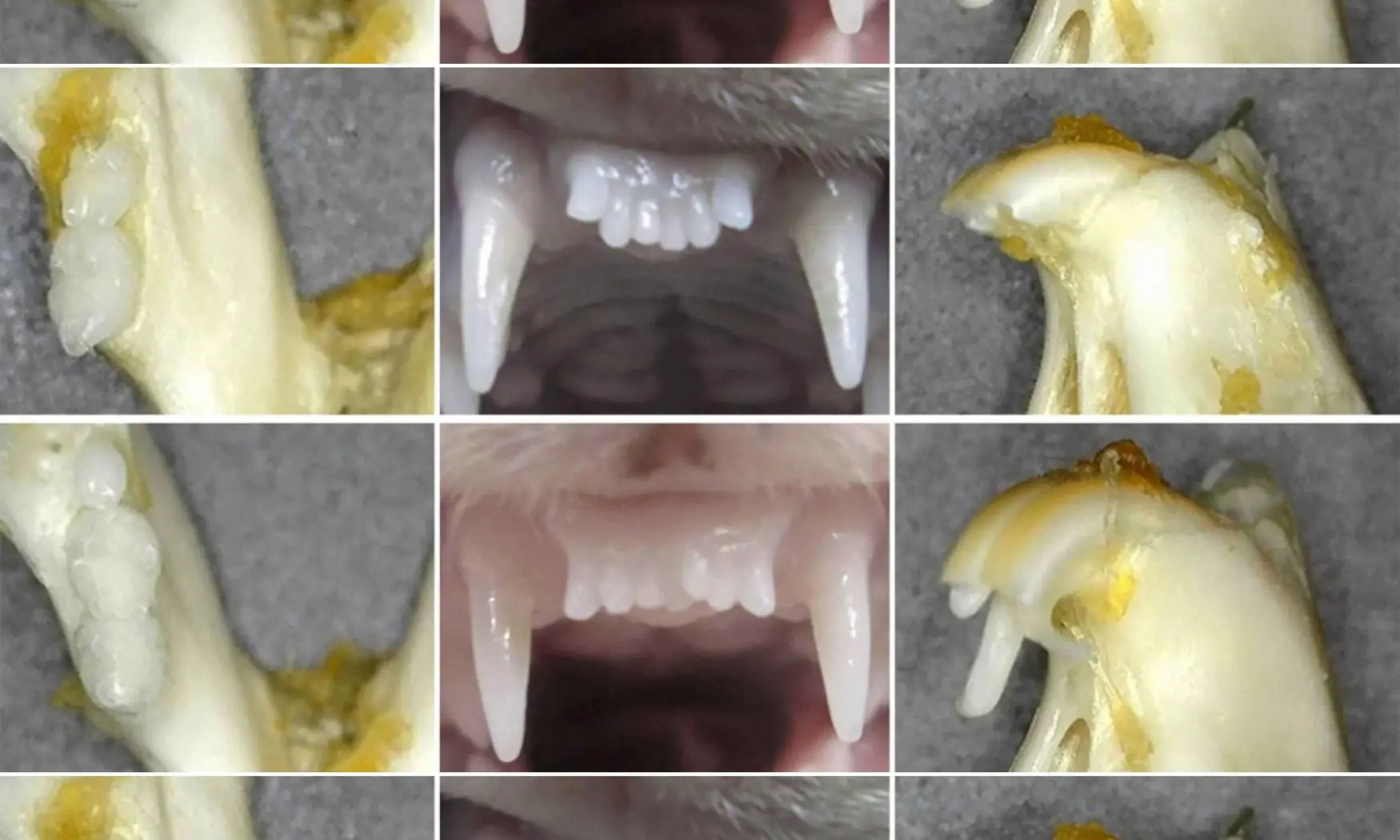
Researchers are advancing living tooth replacements from animal studies to first human trials to restore natural sensation and function.
Tooth Regeneration Moves Toward Clinical Trials
Millions lose teeth worldwide, and current options like dentures and titanium implants do not fully mimic natural teeth. In the United States, an estimated 178 million people are missing at least one tooth. Researchers hope to replace teeth with living replacements that feel and function like real teeth, and the field is advancing from animal studies to early human trials. Pamela C. Yelick of Tufts University and Weibo Zhang are leading teams pushing this shift toward the clinic.
Two main paths exist. One grows a replacement as tissue using a scaffold that guides cells to assemble into a tooth, forming structures such as periodontal ligament in animal models. The other aims to trigger tooth development in place by providing the right signals to adult cells. In a large animal study, decellularized tooth bud scaffolds seeded with human and porcine cells formed tooth-like tissues including ligament and mineralized tissue. Separately, researchers target USAG-1, a protein that blocks tooth formation. Blocking USAG-1 in mice rescued missing teeth and even produced new incisors in ferrets. A humanized anti USAG-1 antibody has progressed to a phase 1 protocol and early trials in children with congenital tooth agenesis are planned. Financing updates point to a first in human study and later pediatric trials if early results support it. The initial clinical focus is congenital tooth agenesis in young children, where a therapy that triggers tooth development could change lifelong care.
Key Takeaways
"Even creating a tooth root that you could put an artificial crown on, with living dental pulp in the middle, secured by periodontal ligaments instead of being screwed into the jaw, could be a huge improvement to a person’s oral health and in turn, systemic health"
Yelick on potential impact of living teeth
"Moreover, a single administration was enough to generate a whole tooth"
Takahashi on the antibody approach
"The study is published in Stem Cells Translational Medicine"
Publication venue for the research
The promise is clear: a living tooth could restore ligament-mediated sensation and allow a natural bite, something current implants struggle to do. Yet the road to clinics is long and costly. Safety, dosing, manufacturing quality, and reliable cell sources will shape timelines and prices. The focus on congenital agenesis in children signals a careful, staged approach rather than a quick fix. The work mixes scaffold engineering with developmental biology, highlighting both the potential and the complexity of turning laboratory insight into a routine medical option.
If these therapies reach patients, access will hinge on scalable production and affordable pricing. Sourcing cells, managing variability, and ensuring consistent outcomes will determine whether a living tooth replaces today’s prosthetics for broad groups or remains a niche breakthrough. The balance between scientific possibility and practical ethics will guide regulators, insurers, and clinics as they weigh safety against the hope of durable, sensation-preserving teeth.
Highlights
- A living tooth could transform how we care for mouths
- A single administration was enough to generate a whole tooth
- The study is published in Stem Cells Translational Medicine
Budget and regulatory uncertainty
As the science moves toward human trials, questions about manufacturing, safety standards, and pricing will determine who can access future treatments. Costs, scalability, and payer acceptance will shape the pace and reach of any living-tooth therapies.
Science is moving fast, but real-world access will depend on safety, cost, and careful clinical progression.
Enjoyed this? Let your friends know!
Related News
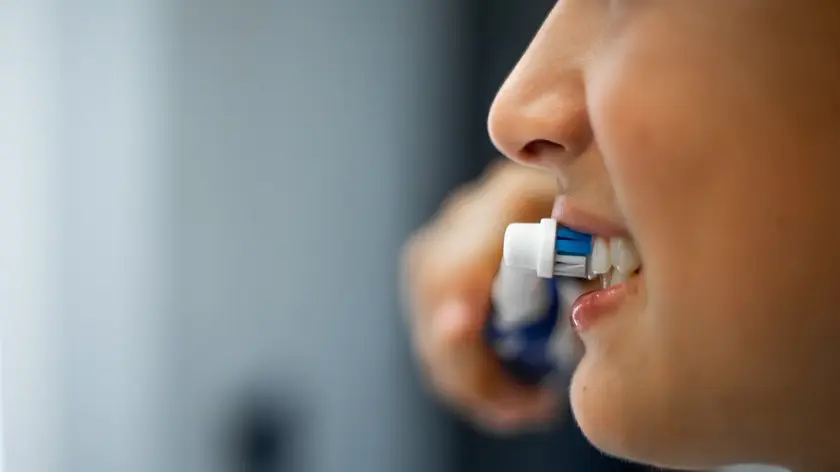
Hair keratin toothpaste halts tooth decay
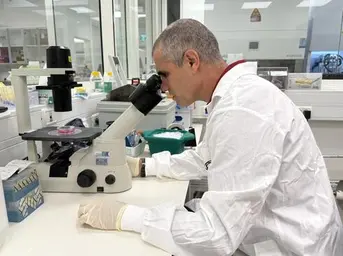
Lab grown spinal cord transplant heads toward first human trial

Police will share suspects ethnicity and nationality
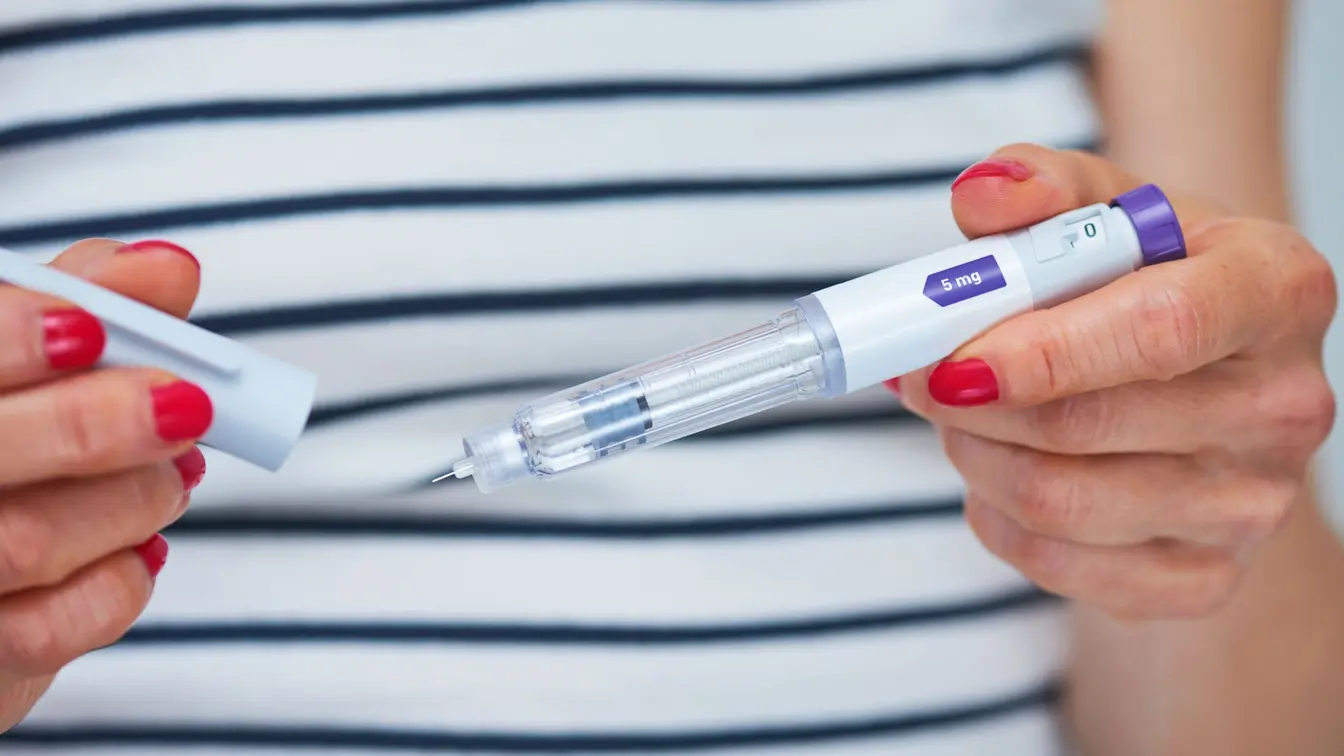
Glp-1 drugs move to pharmacy shelves
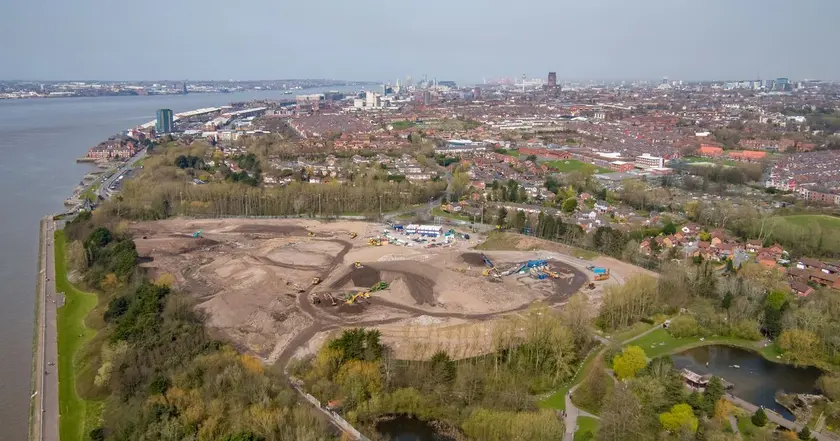
Festival Gardens moves forward with new partners
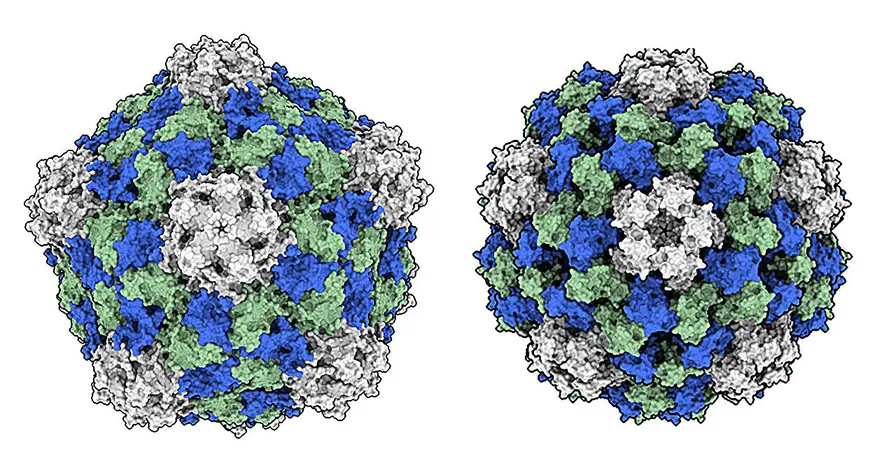
Plant virus shows potential in cancer therapy
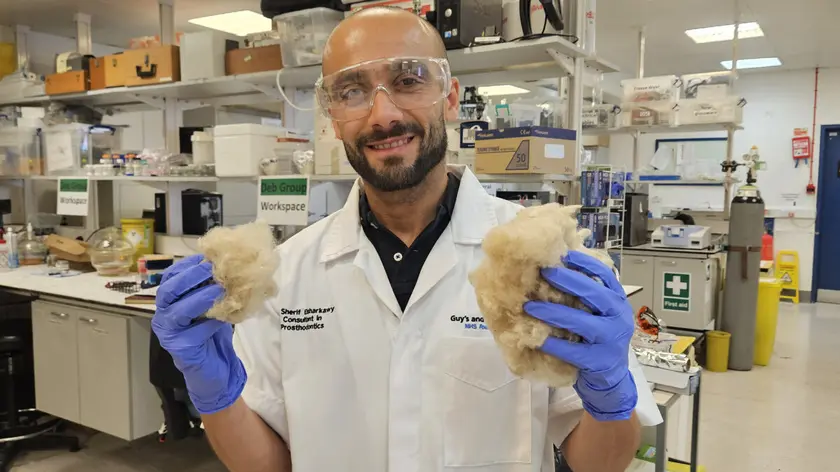
Keratin toothpaste could reshape dental care

Epstein files reveal limited new information
